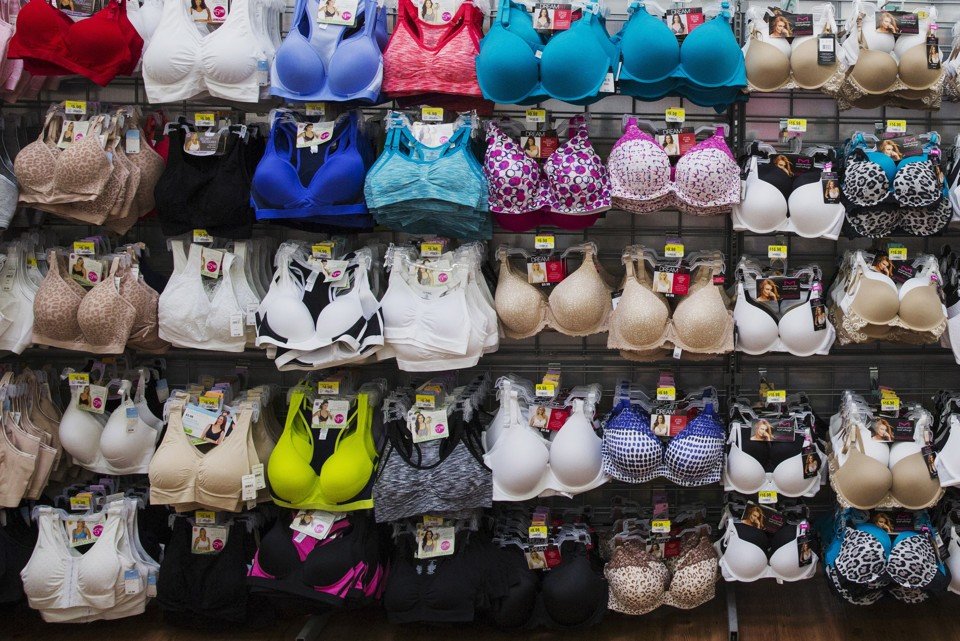
© The Atlantic
"I wanted to call the book
The New Normal, but everyone around me said no, you can't!" said Louise Greenspan, a pediatric endocrinologist and co-author of a book that ended up being called
The New Puberty: How to Navigate Early Development in Today's Girls, on Sunday at Spotlight Health, a conference co-hosted by the Aspen Institute and
The Atlantic. "It may be average, but it's not okay."
Greenspan is also a co-author of a
longitudinal study that looked at around 1,200 girls ages six to eight, and followed them for seven years, from 2004 to 2011, to see when puberty began for them. While puberty in girls is often measured using the onset of their first menstrual period, the first sign is actually breast development—it's just that first period is easier to measure, because people typically remember it. For breast development, a doctor really has to do an in-person exam. (Puberty onset in boys hasn't been well-studied, but it doesn't seem to be following these same patterns.)
The results were staggering. "When I was in training, I was told that age eight was the earliest age that a normal, healthy girl would start breast budding," Greenspan said. The median age of breast budding in the study varied by race, with the lowest median at 8.8 years for black girls, and the highest at 9.7 for Asian girls. Since these are the median ages, that means half of girls were developing even earlier than that.
The biggest risk factors associated with early puberty are obesity, toxic stress (things like food insecurity and witnessing violence), and environmental triggers such as chemicals, though Greenspan says we really need more research to nail that last one down.
"The questions I get are, 'is it the hormones in the milk?', 'is it the chemicals in the sunscreen?', and the biggest cause is obesity," she said.
Apart from just cutting a girl's physical childhood short, early puberty is linked to consequences that can reverberate throughout her life. It's linked to greater risk for
breast cancer, teen pregnancy, HPV,
heart disease, diabetes, and
all-cause mortality, which is the risk of dying from any cause.
There are psychological risks as well. Girls who develop early are at greater risk for depression, are
more likely to drink, smoke tobacco and marijuana, and tend to
have sex earlier.
It's not clear exactly why this is, though "we do know that being a late bloomer or early bloomer and standing out from your peers can be a stress for some kids," Greenspan said.
Another negative contributing factor could be the way young girls' bodies are sometimes sexualized by companies and the media, which could affect their body image or push them toward behaviors they're not ready for. Greenspan gave an example.
"I went into a popular, well-known store, trying to buy my 7-year-old daughter a cute sundress. There was this tiny little off-the-shoulder giraffe print thing in the window and of course, it's giraffe print, so my daughter goes, 'Mommy, I want that, it's cute!' And I said 'Nope, the store got confused and they made a teenager outfit in little-kid sizes.' And I left the store."
Comment: Precocious puberty in girls is epidemic and getting worse